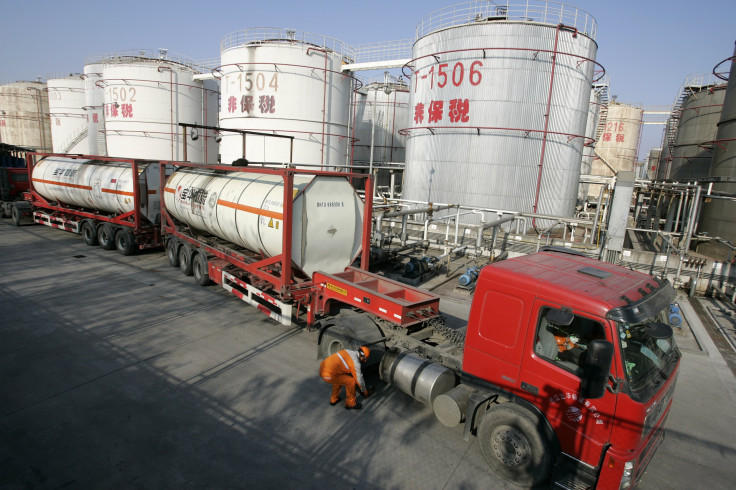China builds more underground storage tanks for strategic oil reserves: Driven by cost savings and security

While going ahead with its Strategic Petroleum Reserves (SPR) plan, China has effected a paradigm shift by building more underground caverns to hold the expanded strategic oil reserves. This is to avoid the proliferation of storage centres in crowded coastal regions.
In December, Beijing confirmed the completion of its first underground site with a 19 million-barrel facility at Huangdao in Shandong province. It has been reported that China’s strategic crude reserves doubled to 190 million barrels in 2015.
China’s SPR plan aims at storing 90 day's worth of net import demand to improve energy security and take advantage of the cheap oil prices by 2020. China has been spending billions of dollars in SPR to pre-empt any disruption in supplies.
Strategic diversification
According to sources, underground sites have the merit of holding 130 million barrels and can store a quarter of the 550 million-barrel SPR target set by Beijing for 2020, reports Reuters.
"Building facilities all on the ground would be like putting all your eggs in the same basket. That is why the government diversified its stockpile centers,” said a senior researcher involved in storage design at the Research Institute of Petroleum Exploration and Development, owned by China National Petroleum Corp.
Three underground rock cavern sites are in progress. They include Jinzhou in northeast Liaoning province, Zhanjiang and Huizhou in southern Guangdong. They will be ready to take oil in 2016 or early 2017. China is also building a salt cavern in Jintan, in eastern Jiangsu province. Other upcoming sites include Huangdao in Shandong province, according to analysts.
Though the cost of drilling caverns is a bit high, they are two-thirds cheaper than over-ground tanks, when the high cost of land in coastal regions is taken into account. It also checks the scope of potential sabotage, noted experts.
“While traditional above-surface storage has the advantage of a shorter construction period, the underground caverns generally have the advantages of lower costs, lower environmental risks, as well as greater perceived level of security,” said Wendy Yong, a senior analyst with energy consultancy FGE.
In the United States, its vast oil supplies are stored in hollowed-out underground salt domes. But China's geology requires excavating hard rock caverns up to 200 meters below the surface to make caverns. China is also developing Jintan for gas storage, where the work is led by companies such as PetroChina and Hong Kong's Towngas.
Thirst for crude
Meanwhile, China’s thirst for crude will lead to a 8 percent surge in its oil purchase from abroad in 2016. The average purchases will be 7.2 million barrels a day, said a Bloomberg survey.
The report also said China’s plan to absorb excess oil supply from overseas will also contribute to the recovery in oil prices, which is now at the lowest in 7 years .
“Growth in China’s crude imports is a supportive factor for crude prices,” noted Eugene Lindell, an analyst with Vienna-based JBC Energy GmbH.




















